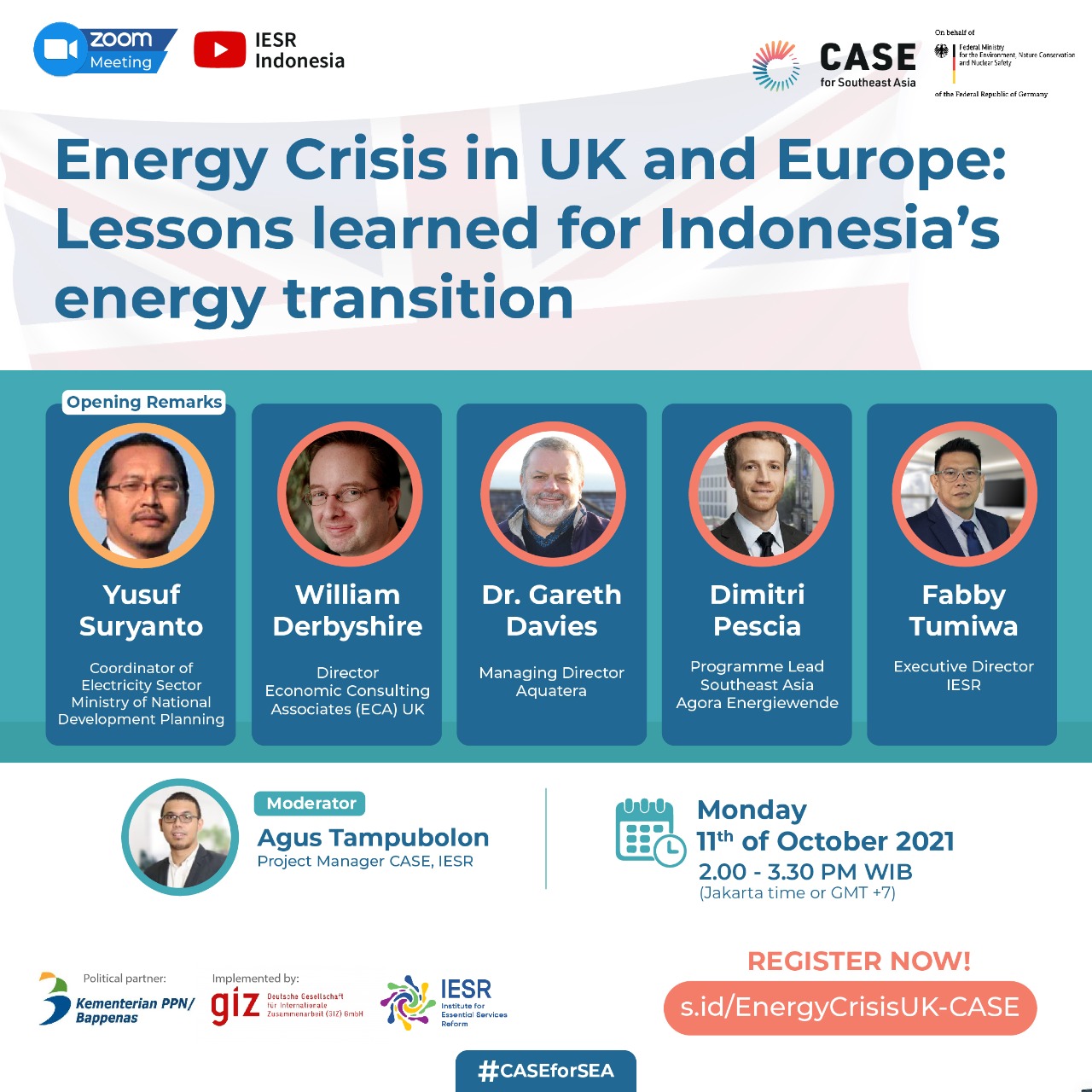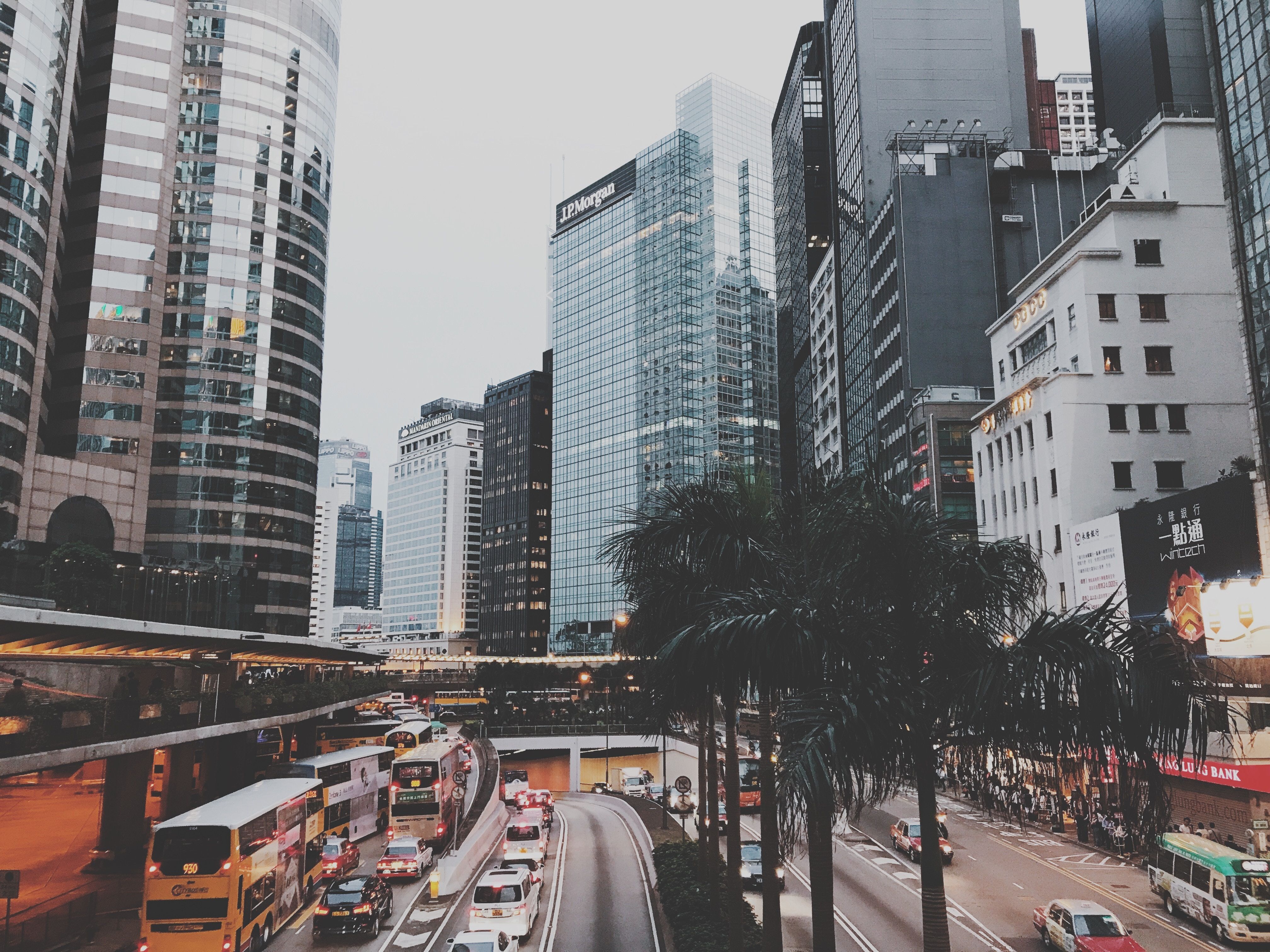Indonesia's recent lowering of its renewable energy targets highlights Southeast Asia's decarbonization challenges, with inflation and financing concerns growing across the region, from Malaysia to Vietnam.
Read more on Nikkei Asia.

Jakarta, October 11, 2021 - In recent months, many media have reported on the energy crisis in Europe. In the UK, for example, many electric and gas utility companies went bankrupt and were forced to close. People are also seen queuing at gas stations to buy fuel. This phenomenon shows us that even countries with…

Playback Recording
Clean, Affordable, and Secure Energy (CASE) for Southeast Asia (SEA) is a regional programme running in Indonesia, Thailand, Philippines and Vietnam. CASE’s objective is to change the direction of the energy sector in Southeast Asia to substantially shift towards an evidence-based energy transition, aiming to increase political ambition to comply with the Paris…

Energy Transition Blog Series #1
Energy in human civilization
Paolo Malanima, an economic historian from Italy, classifies the history of the world energy into two periods based on the utilization of energy source. The first period ranges from 7 million to 500 years ago, marked with five prime energy sources, namely food, firewood, animal feed, hydropower,…
